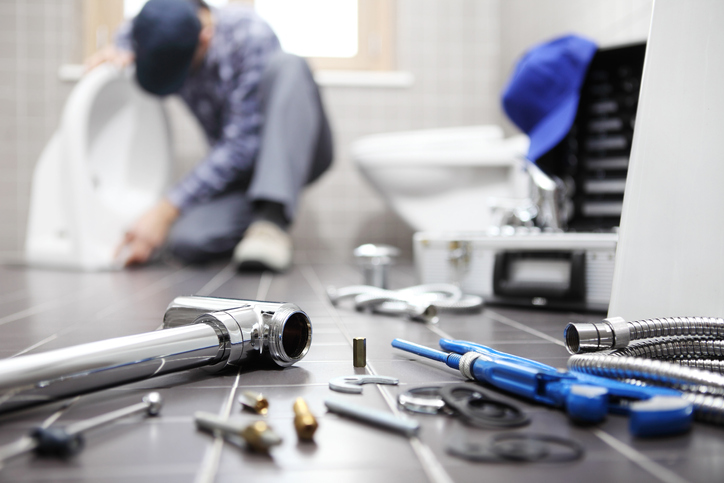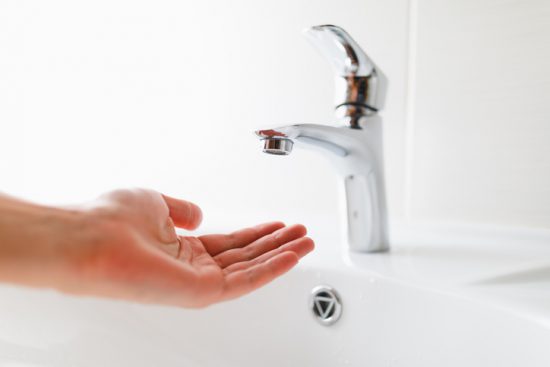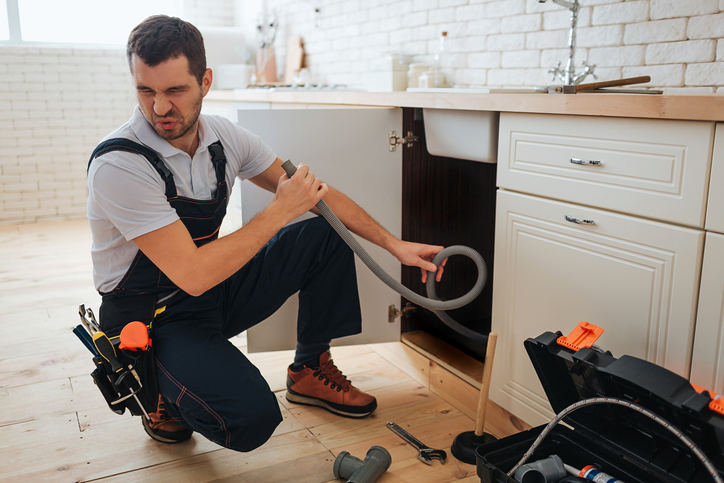Plumbing Damage: 5 Signs to Look Out for During Your Home Inspector Career
August 10, 2021
Of all the issues that can occur within a home, plumbing system problems are right up there with the most significant. Without a functioning plumbing system, a home may undergo the risk of significant water and pipe damage–yielding costly repairs. If you’re considering a career as a home inspector, it will be your responsibility to identify issues within a house and warn buyers of any potential problems.
One of the areas of a home that you’ll need to examine closely when conducting your inspection is the plumbing system. Even the smallest of potential issues can lead to a hefty bill down the road, so it’s important to catch problems as early as possible. Below, discover five different signs that a home is experiencing plumbing damage.
1. During Your Home Inspector Career, Check Whether the Water Pressure is Weak
Weak water pressure is a telltale sign that there’s some kind of problem with the plumbing system. After you complete your home inspector training, be sure to check the water pressure to determine whether there’s an issue with the distribution of water within the system. Weak water pressure should either be caused by a clog in the pipes, or an issue with the faucet aerator–the mechanism which controls the distribution of water. While it’s often a simple fix, it’s better to determine the source of the problem rather than letting the issue get worse.

2. Determine the Drainage Speed
Another common sign of a plumbing problem is slow drainage speeds. If only one drain is experiencing slow speeds, this means the drain can be unclogged with a drain cleaner, plunger, or another tool. But if every drain is operating at a slower speed, there’s likely a more serious problem at hand. In this case, the main sewer line might be blocked, which often happens if a growing tree root gets in the way of the sewer line’s path.
3. A Bad Odour Might Indicate a Problem
If there’s a strong odour coming from a home’s drains, it’s typically a sign that the drain traps aren’t working properly. Drain traps are made for the purpose of stopping sewer gas from seeping into a home by forming a type of barrier or water plug. They work in tandem with a vent, which transfers sewer odor to the roof and away from the interior. If there is a strong odor present in the home, one of the drain traps might have run dry or one of the lines in the vent has cracked. It can be difficult to pinpoint the source of the leak or crack, but it’s necessary in order to fix the problem and prevent smells in the future.

4. Check the Colour of the Pipes
After you become a home inspector, you’ll want to check the condition of the plumbing pipes. These can typically be found under the sink and in the basement of the home. If the pipes are showing any signs of rust, corrosion or discolouration, this can indicate that there is a leak in the pipe. Leaks can lead to water damage, which can compromise the integrity of a home’s structure and create mold growth. With these potential issues in mind, if any discoloured pipes are identified, they should be replaced before a homeowner moves in.
5. Look for Problems with the Paint
Wondering whether the plumbing system is leaking, but can’t identify the source of the leak? When inspecting a home, it’s important to note that leaks in the plumbing system can manifest in the walls or ceilings of a home. Is the paint brown, blistering, or bubbling? This could be a sign that there is water damage beneath the paint’s surface. In order to prevent the growth of mildew or mold and keep the walls structurally sound, it’s important to fix the leak and repaint the area before the damage worsens.
Are you ready to launch your home inspector career?
Get the skills you need to succeed with a program at the North American Trade Schools!



